Movement for Female Busts Gains Momentum
Newton. Milton. Shakespeare. Franklin. Hawthorne. Emerson. Hamilton. Lincoln. Washington. Homer. Grant. Demosthenes. Caesar. Socrates. Dante. Goethe. Scott. Christopher Columbus. These are the busts on display in the Schoolroom. All of them are men, and all are Western. As part of a larger chapel talk by the Groton Feminists, Layla McDermott ’18 argued that while the busts were suitable role models for the male students who attended Groton at its inception, they are no longer fully representative of Groton’s community, nor of its ideals of service and education.
The Groton Feminists’ chapel talk was one driver of a larger movement for more diverse representation in the Schoolhouse busts, especially in regard to gender. This year, many Groton students have become increasingly aware of the lack of depictions of women around campus. A group of Upper School girls who are especially passionate for change have taken steps to petition for new female busts in the Schoolroom. These girls are Lucy Chatfield ’18, Layla McDermott ’18, Roselle Lovell-Smith ’18, Sophie Conroy ’19, Elechi Egwuekwe ’18, Becky Zhang ’18, Josie Fulton ’18, and Nina Norton ’18.
In 1908, the original Schoolhouse busts were suggested by Professor Charles Eliot Norton of Harvard University to Groton’s founder, Endicott Peabody. In the 1908 letter which is now housed in Groton’s archives , Norton proposed eighteen men for the busts who have “served the world or have deeply influenced its condition” and would act as role models for the boys that went to Groton. More than forty years since Groton’s first female student, and more than sixty since its first black student, the busts in the Schoolroom have remained unchanged.
For many, this is a problem. The group advocating female busts believes that every Groton student should be able to look around the Schoolroom and find a role model that represents them. Thus, the group made a proposal to the trustees, and sent out a School-wide survey both to gauge student interest and also to take suggestions for potential bust additions. They received positive feedback from both the trustees and Betsy Lawrence ’82, the head of the Groton Women’s Network.
“It is crucially important that Groton’s campus represent the community that it has become: a diverse and inclusive environment for both young men and women of all backgrounds,” says a letter written by the student leaders of the movement to the trustees. “For this reason, we believe the addition of women’s busts is imperative to the school’s recognition of women as role models, just as the eighteen men lining the walls of the Schoolroom have been recognized. If these busts represent the great thinkers of the world, then why aren’t women included?”
Some have used this discussion about the busts to suggest removing the bust of Christopher Columbus, citing his controversial actions regarding the native American peoples as “a discredit to the accomplishments of others.”
Layla believes that the inclusion of female busts is vital for the school: “Having female representation in the Schoolroom says that women can achieve things and that we live in a world where it’s possible to reach the same level of success as men. It’s an important lesson to teach young girls, but a difficult one to teach if all you ever praise or have to look up to are male role models.”
Many students on the Circle agree. Of the 174 students and faculty who responded to the group’s survey, 88.5 percent stated that they were in favor of adding a female bust to the Schoolhouse, and the remaining 11.5 percent were indifferent or opposed. Of the six options for bust subjects listed in the survey (including an “other” option), the greatest percentage of students voted for Harriet Tubman (32.8 percent), followed by Marie Curie (24.1 percent) and Sojourner Truth (14.4 percent).
For third form student Edwina Polynice ’21, the bust issue is one of role models: “You finish an assignment and look to your right. Christopher Columbus looks down at you… Next, you look to your left and another cold white bust stares back at you. No matter where you turn, their eyes follow. Their faces look nothing like yours or the faces of your friends. But these people are supposed to be your role models… people to represent your goals and aspirations.” She would like to see Groton follow its ideals of diversity and inclusion by adding female busts .
Yet not all agree. Annie Colloredo-Mansfeld ’18 says that the busts present no issue for her, and objects to the effort to add female busts. “In third form, it never bothered me that all the busts were men. I didn’t really think about it – it made sense because it was an all-boys school… And it bothers me that just because all these busts are men means that I can’t look up to them because I’m a girl. I think that I can see these busts as role models just as much as any boy can, and that simply because my gender is different means that I can’t look up to the busts the same?”
Sravani Sen-Das, leader of the Diversity and Inclusion Task Force, supports the movement. She says that “having only male busts to inspire scholarship says something about us and who we hold as authority.”
She also says, however, that deeper conversation and education needs to take place on campus: “…to just focus on a bust in the schoolroom is not the whole story. We need a conversation about some of the traditions that come with being a school that was originally for boys, and we don’t want to get sidetracked by deciding on what bust we want in the Schoolhouse. It’s a much bigger conversation than that.”
Layla hopes that the conversation about gender and representation at Groton continues, even if a bust is added to the schoolroom. “We need discourse in our community about the people in history that we revere and whether that respect is misplaced.”


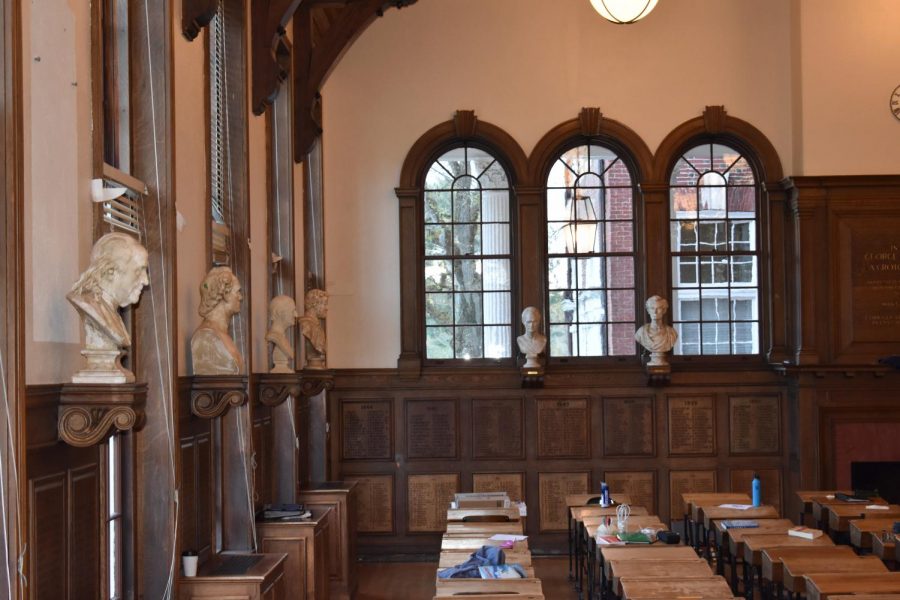
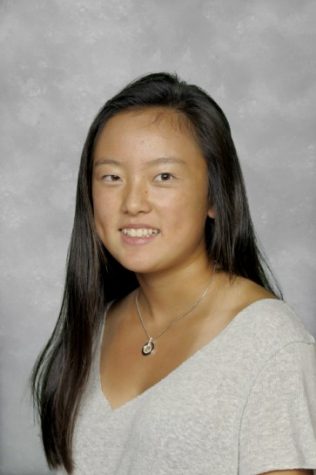
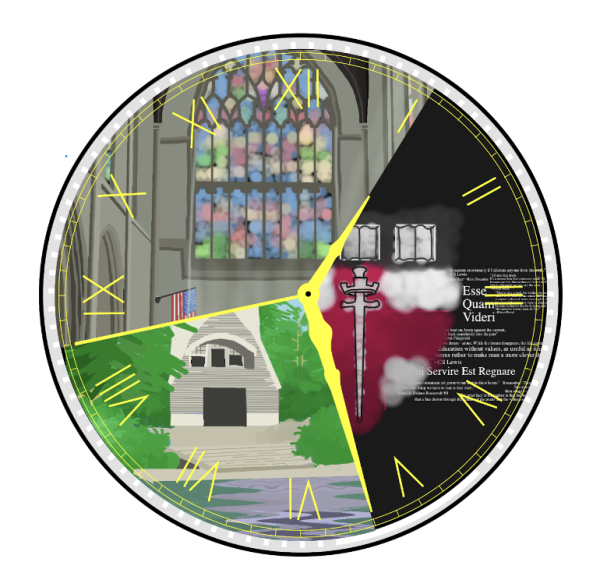

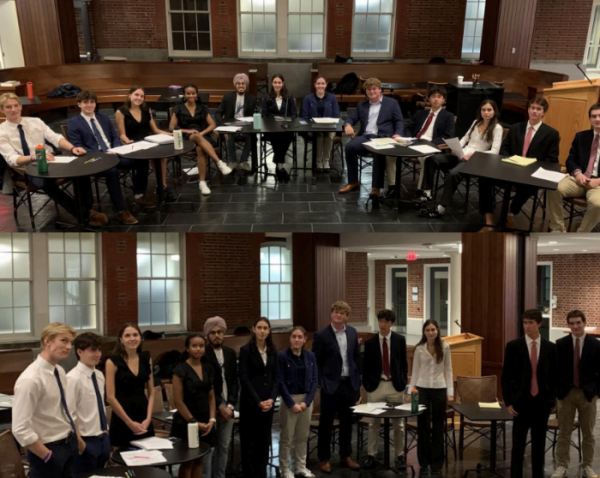
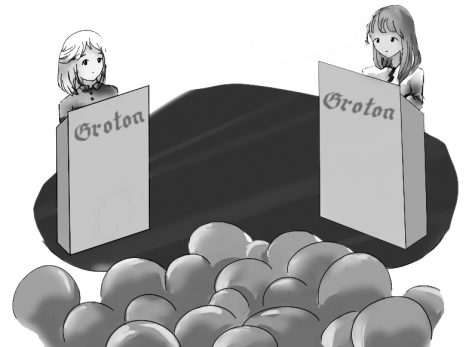
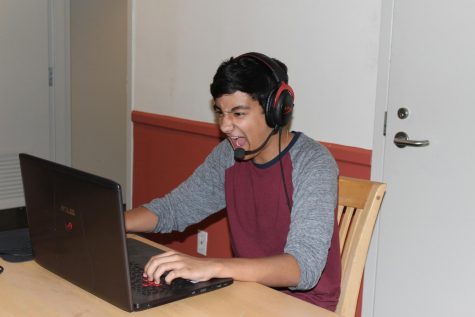
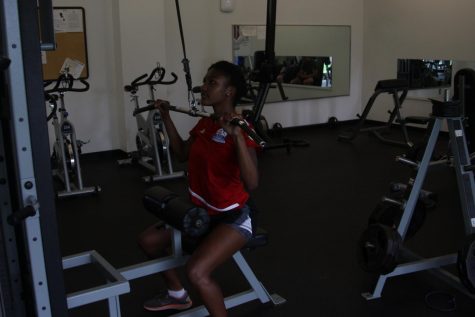
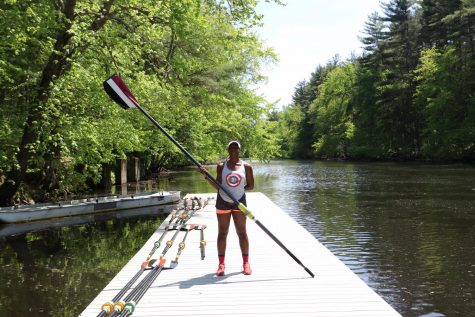
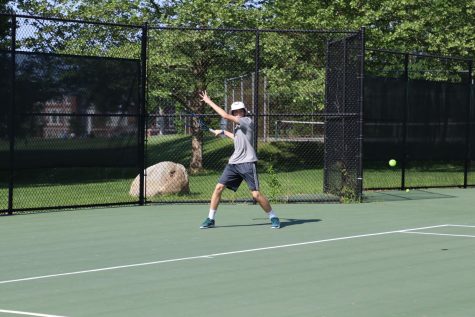
Jenny Enderlin • Apr 16, 2020 at 4:24 PM
I came across this article as I searched for busts of accomplished women. It’s quite telling that the only female busts I’ve found are of Jane Austen with a quote about marriage at the base, miniature figurines that aren’t life-sized, nameless faces created for visual aesthetics, mythological characters, women paired with men in a romantic display (and sometimes even in a forced-sexual manner), and Joan of Arc as a ceramic cup. I am having extreme difficulty locating busts of real, actual women and am curious if some have been created since this article was written. If so, do you know where can they be purchased?